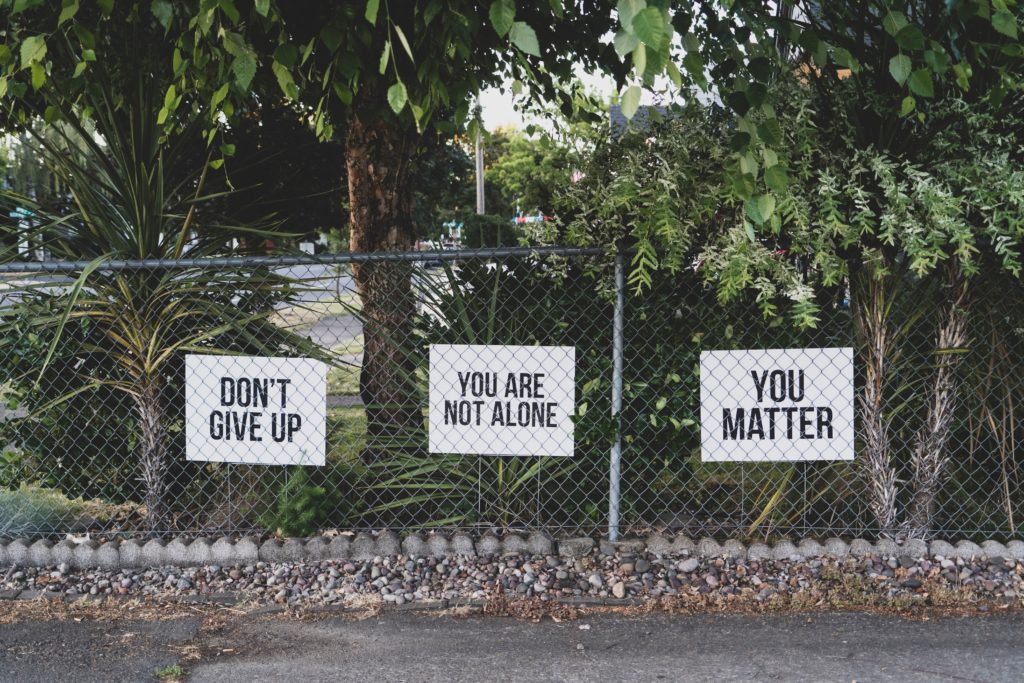
Understanding Different Depressive Disorders and Treatment Options: A Layperson’s Guide
Hello and welcome, dear readers! In the realm of mental health, understanding depressive disorders and their treatment options is crucial for fostering well-being and seeking help when needed. Depression is […]
Hello and welcome, dear readers! In the realm of mental health, understanding depressive disorders and their treatment options is crucial for fostering well-being and seeking help when needed. Depression is more than just feeling sad; it’s a complex spectrum of conditions that affect emotions, thoughts, and even physical well-being. In this article, we’ll explore the various types of depressive disorders and shed light on treatment options that can bring relief and support to those who need it.
Different Types of Depressive Disorders
- Major Depressive Disorder (MDD): Also known as clinical depression, MDD involves experiencing a persistent low mood, lack of interest in activities, and a general sense of hopelessness for at least two weeks or more. It can affect daily life, relationships, and overall functioning.
- Persistent Depressive Disorder (PDD): Formerly called dysthymia, PDD involves a chronic, long-term form of depression lasting for two years or more. It’s characterized by ongoing low mood and feelings of inadequacy, impacting both the individual’s emotional state and their ability to function.
- Bipolar Disorder: This disorder involves periods of extreme low mood (depression) alternating with periods of high energy and elevated mood (mania or hypomania). Bipolar disorder has different types, including Bipolar I (full mania) and Bipolar II (hypomania and depression).
- Seasonal Affective Disorder (SAD): SAD is a type of depression that occurs seasonally, often in the fall and winter when there’s less natural sunlight. It’s characterized by low energy, increased sleep, and a general feeling of sadness.
- Premenstrual Dysphoric Disorder (PMDD): PMDD is a severe form of premenstrual syndrome (PMS) that involves significant mood disturbances, irritability, and physical symptoms in the days leading up to menstruation.
Treatment Options for Depressive Disorders
- Psychotherapy (Talk Therapy): Psychotherapy is a key treatment for depressive disorders. Different types, such as Cognitive Behavioral Therapy (CBT), focus on changing negative thought patterns and behaviors, offering coping strategies to manage symptoms and enhance well-being.
- Medication: For moderate to severe cases, medications like antidepressants may be prescribed by a medical professional. These medications help regulate neurotransmitters in the brain to improve mood and alleviate symptoms.
- Lifestyle Changes: Adopting a healthy lifestyle can play a significant role in managing depressive disorders. Regular exercise, a balanced diet, sufficient sleep, and reducing stress can all contribute to improved mental well-being.
- Support Groups: Joining support groups or engaging in group therapy sessions provides a sense of community and understanding, allowing individuals to share experiences and learn from one another.
- Mindfulness and Relaxation Techniques: Practices like mindfulness meditation and deep breathing exercises can help manage stress, reduce anxiety, and promote relaxation.
- Light Therapy: Light therapy is often used to treat SAD by exposing individuals to a bright light that mimics natural sunlight, helping regulate mood and sleep patterns.
- Electroconvulsive Therapy (ECT): ECT is a treatment option for severe depression that involves inducing controlled seizures to impact brain chemistry. It’s usually considered when other treatments haven’t been effective.
- Transcranial Magnetic Stimulation (TMS): TMS is a non-invasive procedure that uses magnetic fields to stimulate nerve cells in the brain, particularly in cases of treatment-resistant depression.
- Alternative Therapies: Some individuals find relief through alternative therapies like acupuncture, yoga, or art therapy. These approaches can complement traditional treatments.
- Self-Care Practices: Engaging in self-care activities, such as spending time with loved ones, pursuing hobbies, and setting aside time for relaxation, can significantly contribute to managing depressive symptoms.
Conclusion
Depressive disorders affect millions of individuals worldwide, and understanding the different types and available treatment options is a significant step toward seeking help and fostering well-being. Remember that seeking support is a sign of strength, and there’s no one-size-fits-all approach to treatment. It’s essential to work closely with mental health professionals to tailor a treatment plan that suits your unique needs and circumstances.
If you or someone you know is struggling with depressive symptoms, don’t hesitate to reach out for help. Whether through therapy, medication, lifestyle changes, or a combination of approaches, there’s hope for managing depressive disorders and regaining a sense of emotional balance and well-being. You’re not alone on this journey, and with the right support, healing and improvement are possible.
Photo by Dan Meyers on Unsplash
Written by ChatGPT & Reviewed by Clinical Psychologist: Yoendry Torres, Psy.D.
